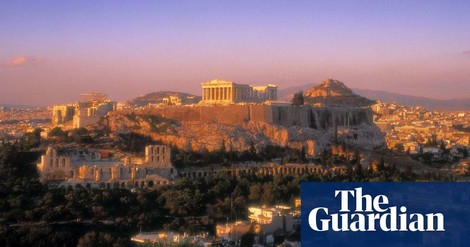Your podcast discovery platform
Curious minds select the most fascinating podcasts from around the world. Discover hand-piqd audio recommendations on your favorite topics.

piqer for: Global finds Globalization and politics Technology and society
Turkish journalist, blogger and media expert. Writes regular columns for The Arab Weekly and contributes to Süddeutsche Zeitung, El Pais and the Guardian. An European Press Prize Laureate for 'excellence in journalism' in 2014, Baydar was awarded the prestigious 'Journalistenpreis' in Germany by Südosteuropa Foundation in February 2018.
The City Of Athens Is A Spectacular Case Of The Battle Between Past And Present
Cities with a past are in trouble, facing challenges that define their identity. In many of them, such as Cairo or Istanbul, the dilemma lies within the political choices between the ancient and the modern.
Parts of that past jostle side-by-side with the structures of more modern eras — each in various states of construction or repair, excavation or restoration. In Cairo, the modern city has grown to swarm around the Giza pyramids, once completely surrounded by desert. In Istanbul, the monumentality of the fourth century AD aqueduct bridge, built by the Roman emperor Valens, forces the modern road system to bend around and through it but is itself subsumed and built into by private housing at both ends.
Perhaps more than any other city, Athens — the capital of modern Greece — stands out as an example of such battle of wills. At the center of the challenge for the city is the decisive focus of authorities on the fifth century BC, seen as the origin of democracy and the birth of the Athenian Empire. But the city has a much broader spectrum of historic periods of importance in its tissue, and that is the one tearing apart the viewpoints on what to prioritize.
In the majority of such encounters — in Athens and elsewhere — the modern is the winner. The loss of the ancient may be mitigated by a fast-paced archaeological investigation of the remains built into the planning and construction process, perhaps with a design change here or there to avoid permanent damage to a particularly important ruin, or perhaps the addition of a glass floor or ceiling to allow it to be admired from afar.
As we are introduced to the deeper realities of what to rise to attention and what to bury into oblivion, we understand also how the inhabitants see what is happening with their present realities and expectations.
Stay up to date – with a newsletter from your channel on Globalization and politics.
